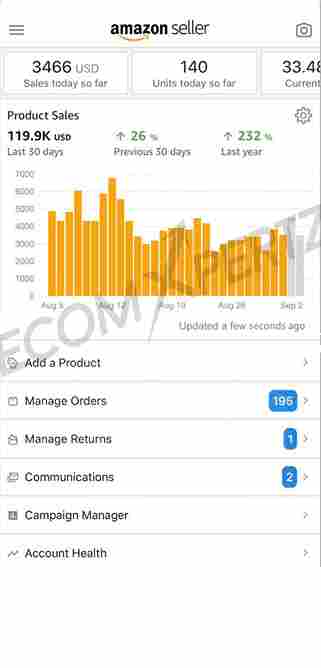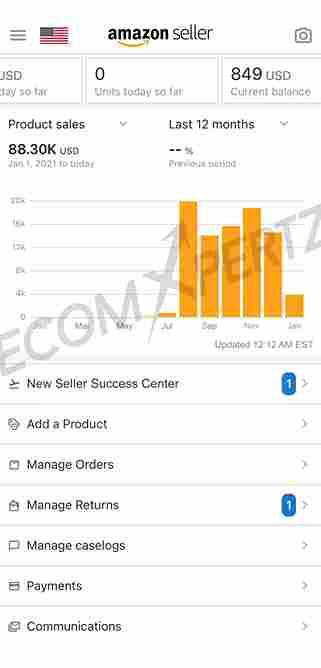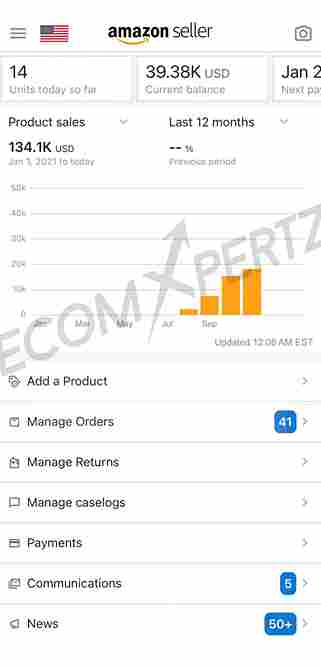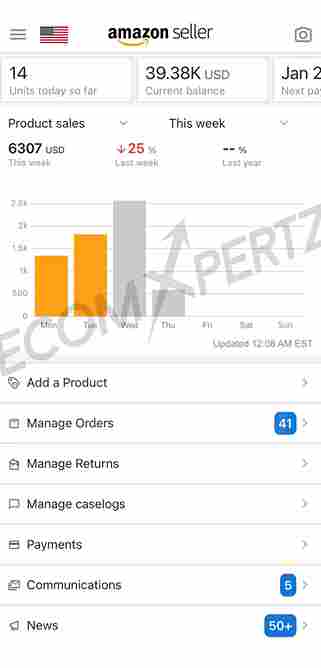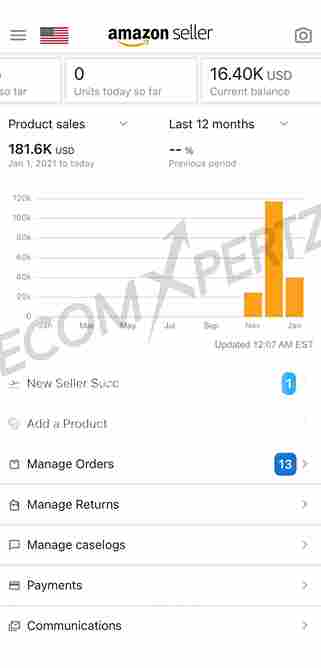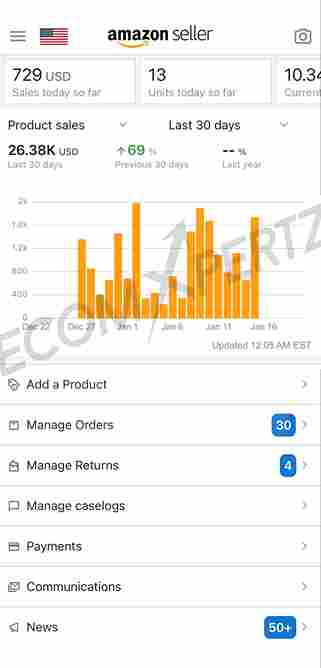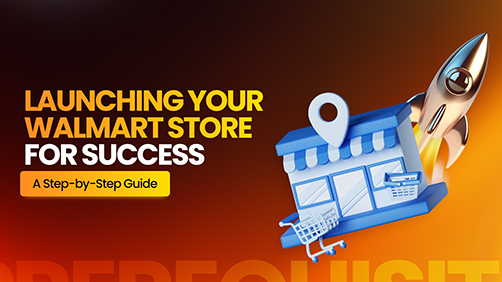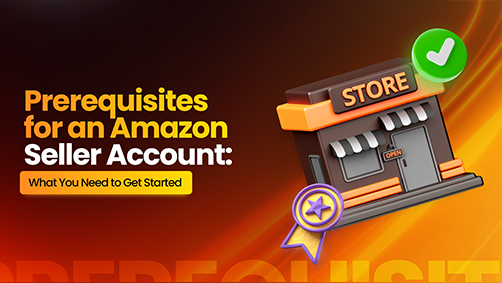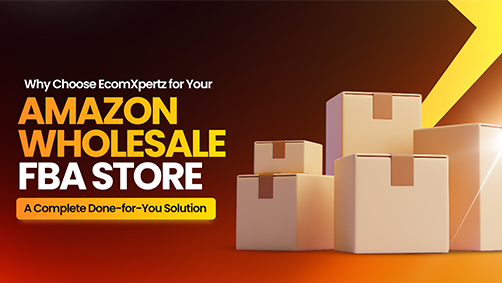1. Streamline Inventory Management
Supplier Relationships: Cultivate strong relationships with reliable suppliers. Negotiate better terms, discounts, and exclusive deals.
Diversify Suppliers: Avoid dependency on a single supplier to mitigate risks.
Inventory Forecasting: Use tools and software to predict demand accurately and avoid stockouts or overstocking.
2. Optimize Product Selection
Market Research: Continuously analyze market trends to identify profitable products.
Product Diversity: Expand your product range to cater to different customer needs and reduce the impact of seasonal fluctuations.
Exclusive Products: Aim for exclusive deals with manufacturers to reduce competition.
3. Enhance Listing Quality
SEO Optimization: Use relevant keywords in titles, descriptions, and bullet points.
High-Quality Images: Ensure product images are clear, professional, and meet Amazon’s guidelines.
Compelling Descriptions: Write detailed and engaging product descriptions that highlight features and benefits.
4. Leverage Amazon Advertising
Sponsored Products: Invest in Amazon PPC (Pay-Per-Click) to increase product visibility.
Sponsored Brands: Use Sponsored Brands campaigns to promote your brand and product portfolio.
Amazon DSP: Utilize Amazon’s Demand-Side Platform for programmatic display ads.
5. Utilize FBA for Logistics.
Efficient Fulfillment: Take advantage of Amazon’s vast fulfillment network to ensure quick and reliable shipping.
Prime Eligibility: Products fulfilled by Amazon are eligible for Prime, attracting more customers.
Inventory Placement Service: Consider using Amazon’s Inventory Placement Service to streamline inventory distribution.
6. Implement Data-Driven Decision Making
Analytics Tools: Use tools like Jungle Scout, Helium 10, and Keepa to gather data on sales, pricing, and competition.
Performance Metrics: Regularly monitor key performance indicators (KPIs) such as conversion rate, buy box percentage, and return rates.
Customer Feedback: Analyze reviews and feedback to improve products and customer service.
7. Expand Sales Channels
Amazon Global Selling: Expand to international marketplaces to reach more customers.
Multi-Channel Fulfillment: Sell on other platforms (e.g., eBay, Walmart) and use Amazon FBA to fulfill those orders.
Own Website: Develop an e-commerce website to diversify your sales channels and build brand loyalty.
8. Focus on Brand Building
Brand Registry: Enroll in Amazon Brand Registry to access enhanced marketing tools and protect your brand.
Enhanced Brand Content: Use A+ Content to create rich product detail pages with enhanced images and text.
Social Media Marketing: Leverage social media to build a community around your brand and drive traffic to your Amazon listings.
9. Optimize Pricing Strategies
Competitive Pricing: Regularly monitor competitor prices and adjust your prices to stay competitive.
Repricing Tools: Use automated repricing tools to ensure your prices remain competitive without constant manual adjustments.
Promotions and Deals: Run promotions, lightning deals, and coupons to boost sales and attract more customers.
10. Ensure Compliance and Quality Control
Amazon Policies: Stay updated with Amazon’s policies and ensure full compliance to avoid account suspension.
Product Quality: Maintain high product quality standards to minimize returns and negative reviews.
Customer Service: Provide excellent customer service to enhance customer satisfaction and loyalty.
11. Invest in Automation and Outsourcing
Automate Repetitive Tasks: Use software tools to automate tasks like inventory management, repricing, and order processing.
Outsource Non-Core Activities: Consider outsourcing tasks such as customer service, accounting, and graphic design to focus on core business activities.
12. Financial Planning and Investment.
Reinvest Profits: Reinvest profits into the business to fund inventory, marketing, and expansion.
Access to Capital: Explore financing options like Amazon Lending, business loans, or lines of credit to ensure you have the necessary capital for growth.
Cash Flow Management: Maintain a healthy cash flow to manage day-to-day operations and unexpected expenses.
Conclusion.
Scaling a Wholesale FBA business requires strategic planning, continuous optimization, and leveraging the right tools and resources. By focusing on inventory management, product selection, advertising, and customer satisfaction, you can effectively grow your business and increase profitability.
Get A Free
Consultation
Our Customer Feedback
Don’t take our word for it. Trust our customers.
Success Stories
Our ecommerce success stories speak for themselves! Multiple businesses and social platforms have benefitted greatly by making use of our quality e-commerce expertise to be able to gauge maximum profit margins as well as a greater customer base.









